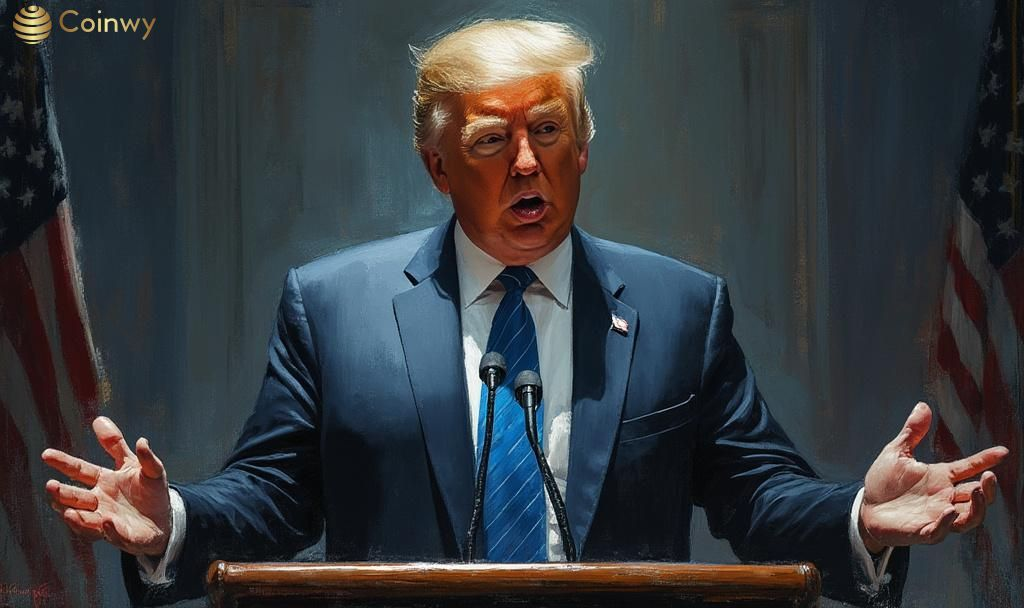- Main event, leadership changes, market impact, financial shifts, or expert insights.
- Trump plans tariff reversion by August.
- Possible market volatility impacts industries.
Donald Trump has announced that U.S. tariffs will return to April levels by August 1 if trade agreements with key partners are not reached.
This decision holds significance due to its potential impact on markets and global trade relations, causing concern among industries about possible financial disruptions.
The U.S. has decided to revert tariffs to previous levels if no trade deals are made by August 1. These tariffs originally were suspended in April to facilitate negotiations. Donald Trump and Treasury Secretary Scott Bessent have confirmed this timeline.
Scott Bessent, Treasury Secretary, United States, said on CNN – “The rates will ‘boomerang back’ to the sometimes very high levels which President Donald Trump had announced on April 2—before he suspended the levies to allow for trade talks and set a July 9 deadline for agreement.”
European, Asian, and U.S. markets have shown jittery reactions with the news, fearing supply chain disruptions. Tariffs ranging from 10% to 70% heavily influence sectors like automotive, semiconductors, and pharmaceuticals.
Analysts warn that higher tariffs could lead to increased import costs, potentially spurring inflationary pressures. This move impacts consumer products like European chocolate and olive oil, with additional costs possible.
Crypto markets are closely watching as Bitcoin and other digital currencies may see volatility. Historically, such events reinforce Bitcoin’s position as a hedge against fiat instability, possibly affecting global liquidity dynamics.
Bitcoin price predictions suggest it could drop below $75,000 if tariffs lead to broader market turmoil. Stablecoins may become more attractive as entities seek alternatives in cross-border trade amidst global economic uncertainty.






